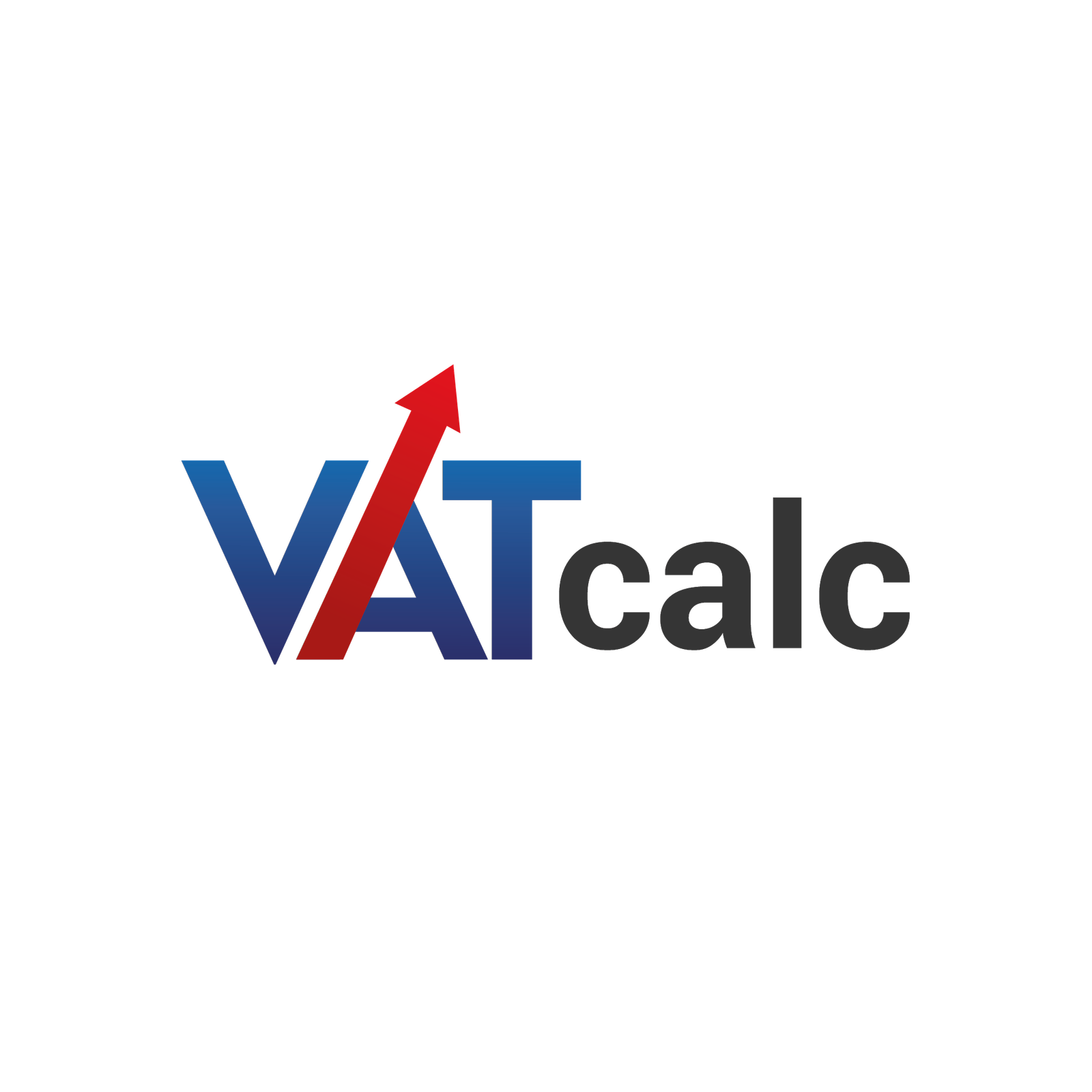VAT Retail Scheme 2023
VAT Retail Schemes:
It is a simplified system businesses use to calculate their arrears. It provides an indispensable way to determine the retail tax deals and the proportion of those deals subject to different rates. They are the heads explaining the VAT Retail Scheme.
The significant factors of the Retail VAT Scheme:
- Helps to simplify the VAT system for retail businesses
- In the retail system, taxable liability will be determined.
- This scheme will help calculate sales propositions with different VAT rates.
- This scheme will help to calculate VAT dues once with each tax return.
- VAT Scheme provides many methods like Sale, Appointment, and Direct Calculation scheme.
Bespoke VAT scheme (Notice 727/2)
VAT Notice is a Government tax authorities issued official guide like HM Revenue and Customs (HMRC) in the United Kingdom for providing information about VAT aspects. It will help businesses to be more accurate regarding VAT Laws.
According to September 2021, Notice 727/5 directs the Retail Scheme in the UK. Businesses that sell items in the public market use this scheme to get an annual turnover.
Scheme 1: Point Of Sales
The retail scheme designed to simplify the process for such businesses using an automated system to record the VAT on items during sales is known as the Point of Sales Scheme.
Some of the primary key points about the Point of Sales Scheme are as below:
- POS Scheme helps to find the amount of tax depending on the VAT rate per item
- This technique generates the invoice based on the VAT amount, including date, time, store information, item description, price, and the total amount.
- VAT scheme also reports from time to time yearly, quarterly, or monthly.
Scheme 2: Apportionment
It is one of the three major schemes in VAT Retail in the United Kingdom.
Some of the primary key points about the Apportionment Scheme are as below:
- The business manager must keep an accurate record regarding total sales and the breakdown of the sales.
- Sustainable change must be required for the adjustment of VAT.
- In the appointment, the scheme VAT due has to be determined in a pre-calculated percentage.
Follow this procedure for using the Apportionment Scheme:
- Specify VAT Rate (standard rate 20%, reduced rate 5%, and zero Rate items)
- Make a total purchase value calculation for each tax rate.
- All purchase’s total amount
- Define the proposition of the watch VAT rate.
- VAT liabilities add up
Scheme 3: Direct VAT Retail
The method of calculating VAT liability of retail sales for businesses in which it is tough to issue invoices for each trade transaction, such as businesses with a turnover of up to £1 million.
Some primary critical points about the Direct VAT Scheme are below.
- The business has to determine the expected sale price (ESP).
- ESP can be based on different techniques Historic sales price, percentage markup, and estimated sales price.
VAT Margin scheme
Businesses that sell specific used products, antiques, works of art, and collector’s items are subject to the VAT Margin Scheme. Following this plan, VAT is computed using the discrepancy between the price paid for these things at purchase and the amount received at the sale instead of the total selling price. This discrepancy is subject to a 16.67% (one-sixth) VAT rate.
Key Points of the VAT Retail Scheme
- Goods eligibility
- Vat rate reduction
- Ineligible goods
- Records
VAT Special Scheme
The phrase “VAT Special Scheme” has a comprehensive definition and can apply to various VAT arrangements or plans unique to particular businesses, pursuits, or situations. It is easier to give a precise explanation with additional background or detail. Here are a few instances of unique VAT programs, though:
- Schemes for calculating and reporting tax on retail sales specifically tailored for retailers are known as VAT Retail Schemes. Examples include the Direct Calculation Scheme, Apportionment Schemes, and Point of Sale Schemes.
- Margin Schemes: Companies who deal in second-hand products, antiques, artwork, or collector’s items must follow margin schemes, such as the VAT Margin Scheme previously stated. This difference between the purchasing and selling prices is used instead of the total selling price to determine VAT.
- A unique VAT program for companies that offer travel services is called the Tour Operators’ Margin Scheme (TOMS). It makes VAT accounting easier for companies arranging package tours or offering travel agency services.
- As previously indicated, another example of a unique program is the VAT Flat Rate Scheme, under which companies pay a predetermined proportion of their VAT-inclusive revenue according to their particular business type.
- Capital Goods Scheme: This scheme applies to companies that make long-term investments in real estate or other assets. Based on the assets’ planned use, it modifies the VAT recovery over time.
Who can use the VAT retail scheme
- Such businesses that have turned over £130 million per year
- The business retailers who want to calculate VAT dues once with each VAT return
- All types of companies benefit from time-saving processes through the VAT retail scheme.
- Retailers who provide products with at least two different VAT rates.
- Retailers sell products in the same condition as when bought and don’t alter them.
- Companies that purchase products for resale(in the Apportionment Scheme example )
- Businesses who, in the case of the Direct Calculation Scheme, sell the majority of their products at one VAT rate and a minor amount at a different rate
- Businesses that engage in different forms of retail, such as those that operate physical stores, offer things online, or both.
- Small- and medium-sized merchants are seeking simplified administrative and VAT computation processes.
How to Choose a Better VAT Retail Scheme
- Understand Business Requirements
- Research on all of the available VAT Retail Scheme
- Measure all of the cash flow
- Find our administrative requirements
- Periodically review
VAT Retail Scheme works for businesses
- Eligibility
- Chose the appropriate scheme
- Apply to join the scheme
- Implement the technique in the accounting process.
- Accurate Records
- Reporting
- From time to time update
Conclusion
The point-of-sale scheme automates the analysis of VAT based on the rate per item, generating detailed invoices with VAT breakdowns. The Appointment Scheme calculations are based on a stable ratio of VAT rates across sales, requiring accurate records and sustainable adjustments.

